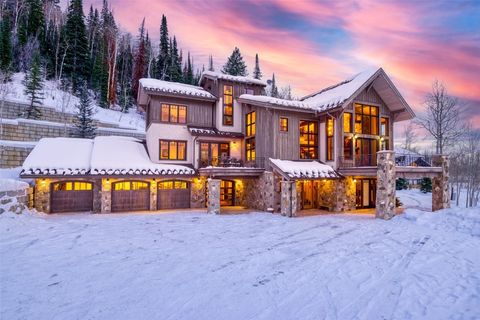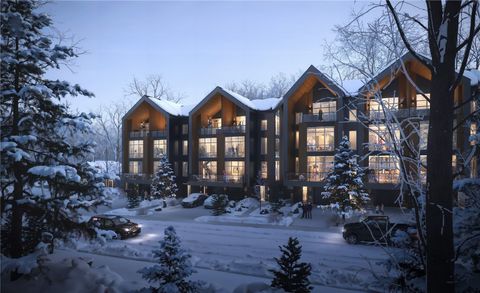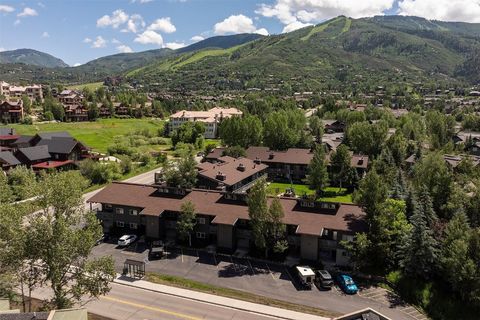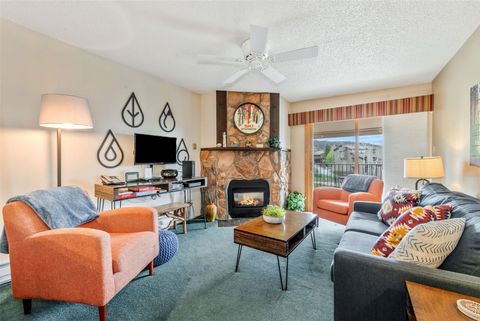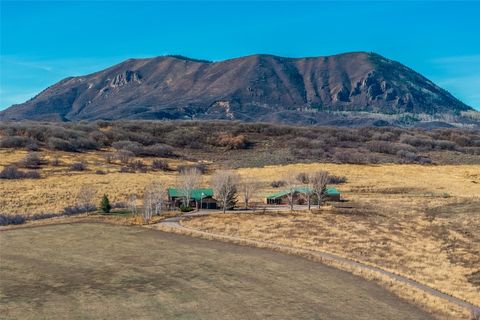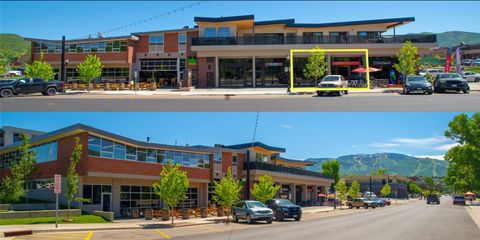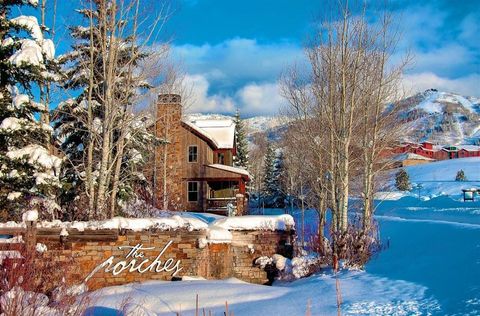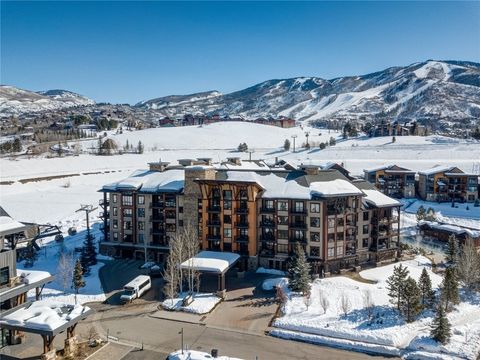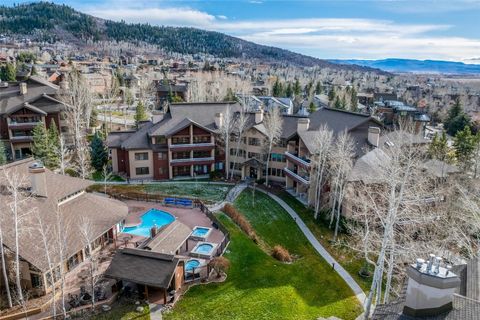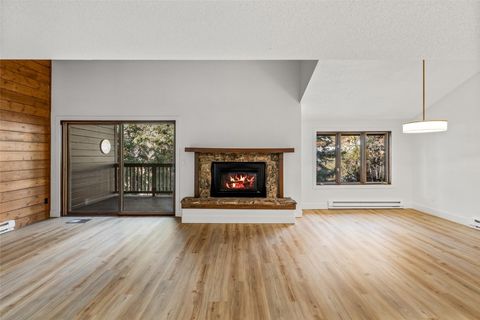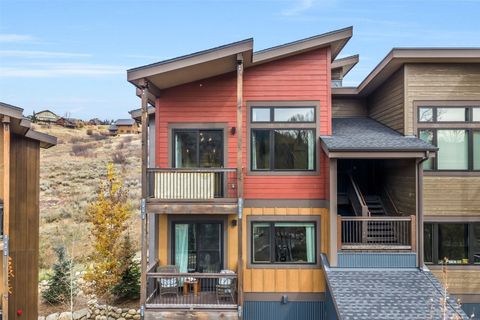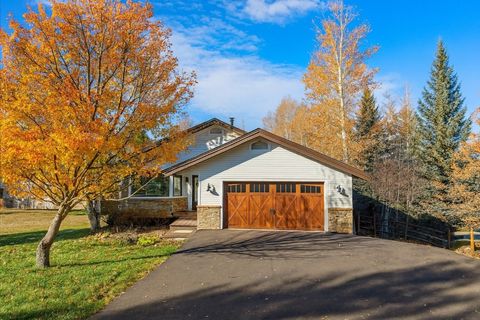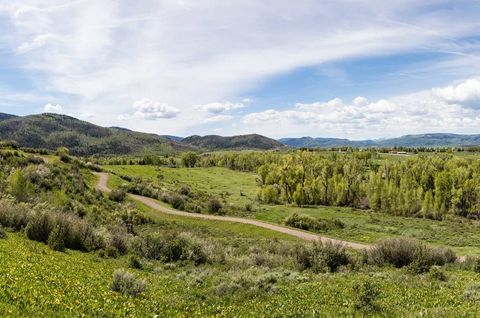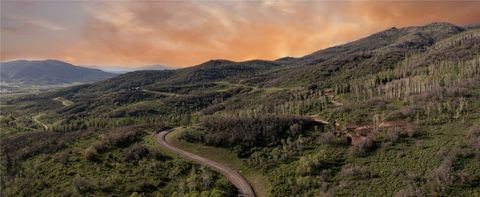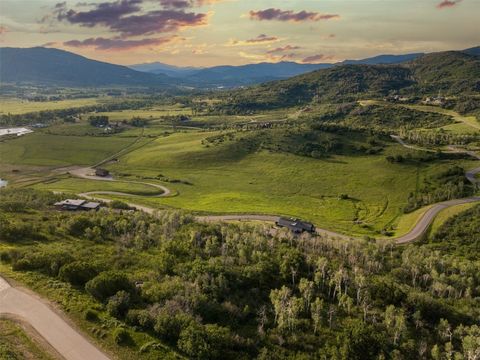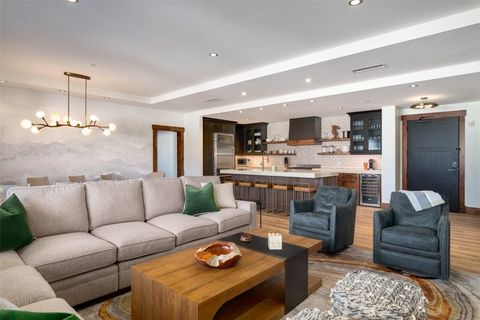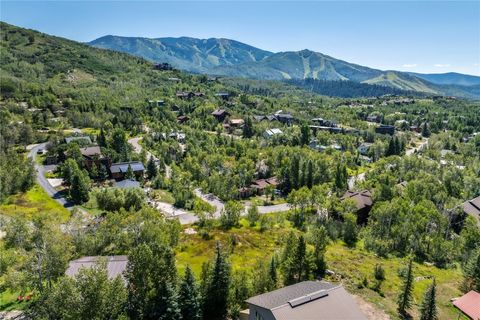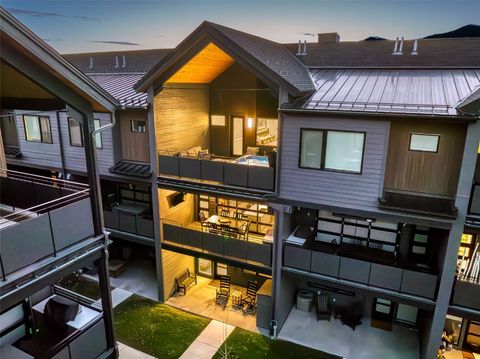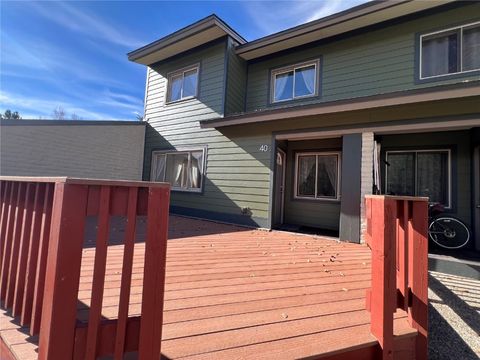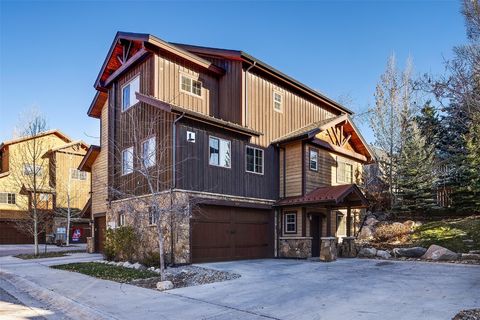Ave, Road, Street, Lane, Drive, Way, Place, Blvd etc.?
- road – Rd. has no special qualifiers. It connects point a to point b. A road is a general classification that allows for vehicle or horse travel.
Often named for a geographical feature or the destination. - street – St. connects buildings together, usually in a city, usually east to west, opposite of avenue. Street is a pretty generic term, usually applied to an urban roadway.
- avenue – ave. runs north south. Avenues and streets may be used interchangeably for directions, usually has median. Avenue usually implied trees on the sides, and generally wider than streets. Avenues run perpendicular to streets.
- boulevard – blvd. is a street with trees down the middle or on both sides. Boulevards tended to be wide streets divided with a median. They may cut across the grid, and often tend to curve or wander.
- lane – ln. is a narrow street usually lacking a median. A Lane is a narrow road, usually in the countryside, but sometimes used in cities. In cities, Lane is sometimes used a a better sounding name for an Alley.
- drive – Dr. historically has its root in a cattle or sheep drive, and may connect to a commons or grazing area. Today it is usually associated with car travel, and a road the follows a contour of hills or a body of water.
- way is a small out of the way road. A Way is generally another method of saying road or street. In the US, it is often applied to short road that parallel a major road, such as El Camino Way.
Also used in housing subdivisions - court usually ends in a cul de sac or similar little loop
- plaza or square is usually a wide open space, but in modern definitons, one of the above probably fits better for a plaza as a road.
- terrace is a raised flat area around a building. When used for a road it probably better fits one of the above.

- uk, a close is similar to a court, a short road serving a few houses, may have cul de sac
- run is usually located near a stream or other small body of water
- place is similar to a court, or close, usually a short skinny dead end road, with or without cul de sac, sometimes p shaped
- bay is a small road where both ends link to the same connecting road
- crescent is a windy s like shape, or just a crescent shape, for the record, above definition of bay was also given to me for crescent
- trail is usually in or near a wooded area. Trail generally applies to a road that was used before automotive travel, often to travel long distances.
- mews is an old british way of saying row of stables, more modernly seperate houses surrounding a courtyard
- highway is a major public road, usually connecting multiple cities
- motorway is similar to a highway, with the term more common in New Zealand, the UK, and Austrailia, no stopping, no pedestrian or animal traffic allowed
- interstate is a highway system connecting usually connecting multiple states, although some exist with no connections
- turnpike is part of a highway, and usully has a toll, A Pike or Turnpike is commonly associated with Toll Roads. The useage of “pike” comes from versions on the pike weapon that were used to block access to the road until the toll was paid. Well known examples include the Pennsylvania and New Jersey turnpikes. Turnpike Authorities often have the right to issue their own bonds and debts, separate from those of the state.
They are controversial, because a significant part of their revenue goes to collecting the tolls, making them economically inefficient. Some believe the tolls inhibit commerce by increasing the marginal cost of using the road. - freeway is part of a highway with 2 or more lanes on each side, no tolls, sometimes termed expressway, no intersections or cross streets.
- parkway is a major public road, usually decorated, sometimes part of a highway, has traffic lights.
- causeway combines roads and bridges, usually to cross a body of water
- circuit and speedway are used interchangeably, usually refers to a racing course, practically probably something above.
- as the name implies, garden is usually a well decorated small road, but probably better fits an above
- view is usually on a raised area of land, a hill or something similar.
- byway is a minor road, usually a bit out of the way and not following main roads.
- cove is a narrow road, can be sheltered, usually near a larger body of water or mountains
- row is a street with a continuous line of close together houses on one or both sides, usually serving a specific function like a frat beltway is a highway surrounding an urban area
- quay is a concrete platform running along water
- crossing is where two roads meet
- alley a narrow path or road between buildings, sometimes connects streets, not always driveable
- point usually dead ends at a hill
- pike usually a toll road
- esplanade long open, level area, usually a walking path near the ocean
- square open area where multiple streets meet, guess how its usually shaped.
- landing usually near a dock or port, historically where boats drop goods.
- walk historically a walking path or sidewalk, probably became a road later in its history
- grove thickly sheltered by trees
- copse a small grove
- driveway almost always private, short, leading to a single residence or a few related ones
- laneway uncommon, usually down a country road, itself a public road leading to multiple private driveways.
- trace beaten path
- circle usually circles around an area, but sometimes is like a “square”, an open place intersected by multiple roads. Circle is a name given to circular roads, generally in housing subdivisions.
- channel usually near a water channel, the water itself connecting two larger bodies of water,
- grange historically would have been a farmhouse or collection of houses on a farm, the road probably runs through what used to be a farm
- park originally meaning an enclosed space, came to refer to an enclosed area of nature in a city, usually a well decorated road.
- mill probably near an old flour mill or other mill.
- spur similar to a byway, a smaller road branching off from a major road.
- bypass passes around a populated area to divert traffic
- roundabout or traffic circle circle around a traffic island with multiple connecting routes, a roundabout is usually smaller, with less room for crossing and passing, and safer
- wynd a narrow lane between houses, similar to an alley, more common in UK
- drive shortened form of driveway, not a driveway itself, usually in a neighborhood, connects several houses
- parade wider than average road historically used as a parade ground.
- terrace more common in uk, a row of houses.
- chase on land historically used as private hunting grounds.
- branch divides a road or area into multiple subdivisions.
These aren’t hard and fast rules. Most cities and such redefine them their own way about what road can be called what.



